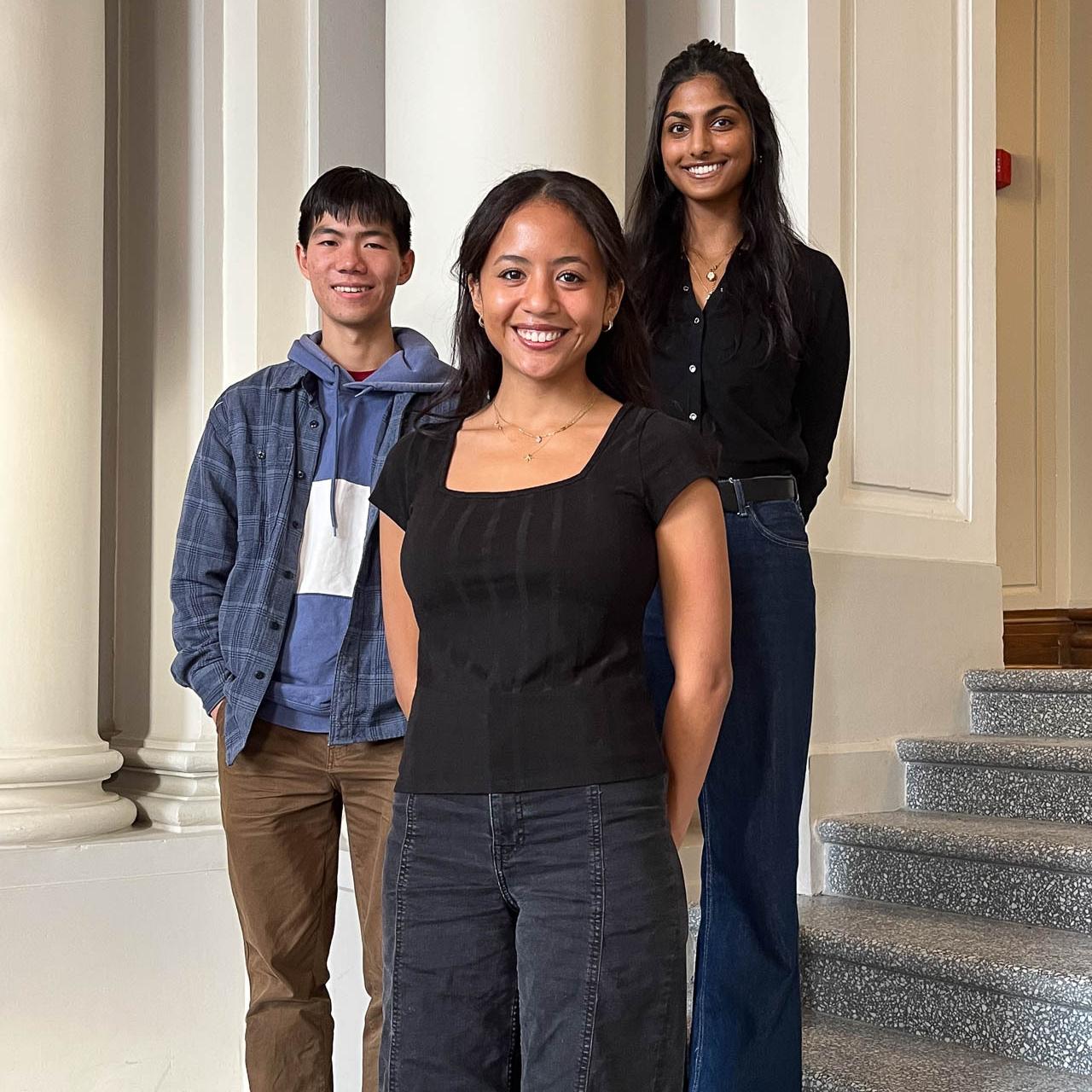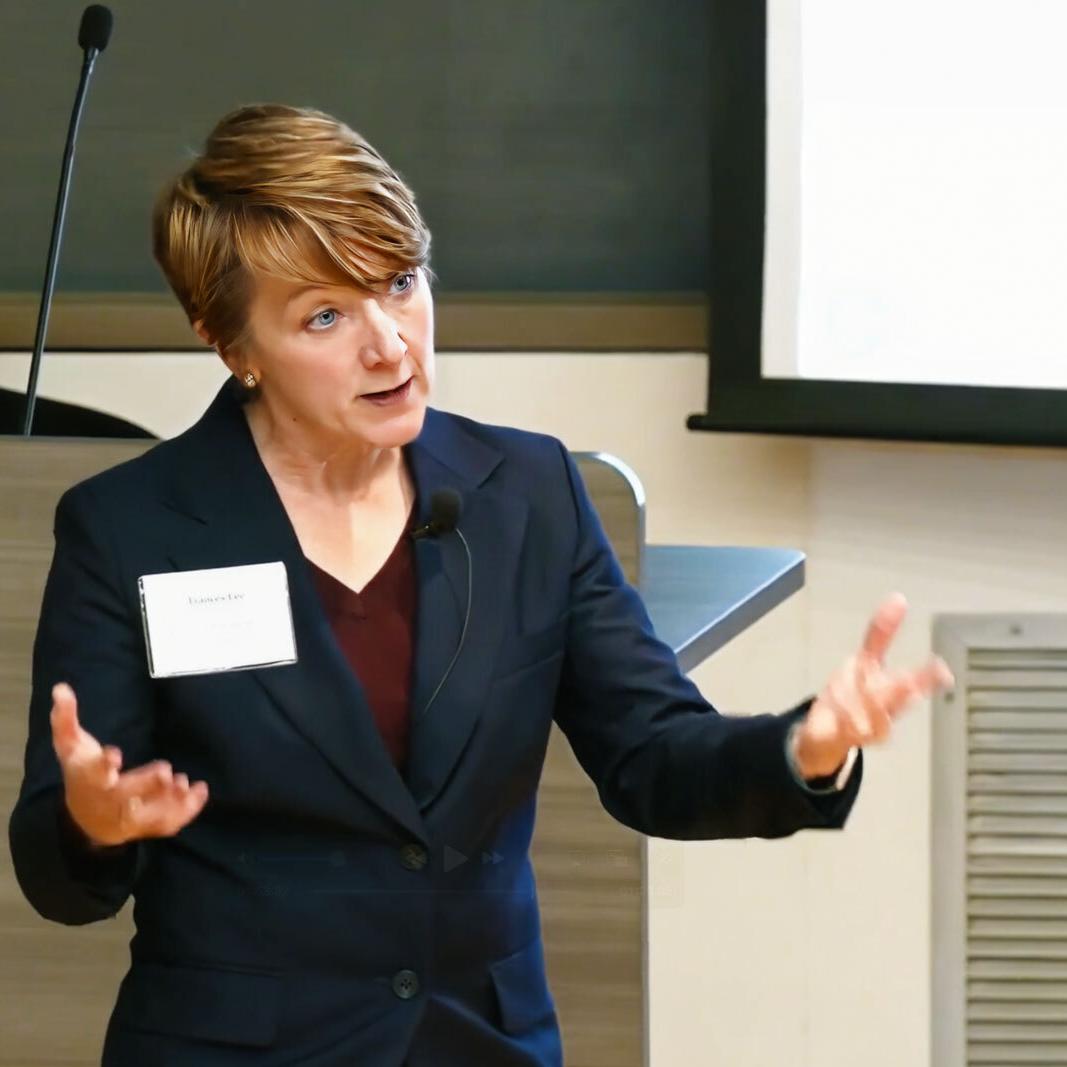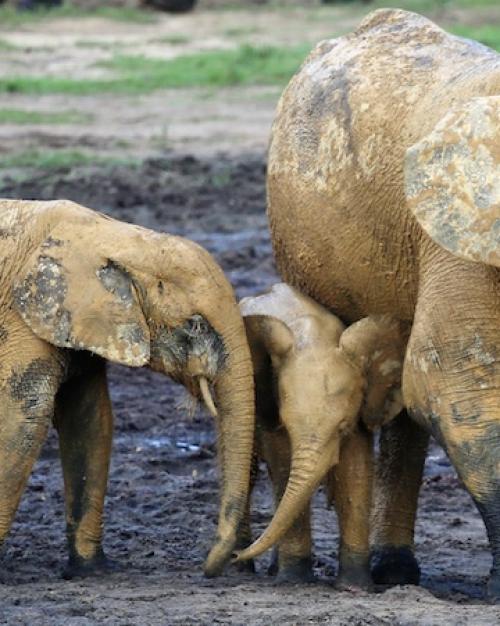During the Society for the Humanities’ theme of Silence this past year, the 2024-25 cohort of Fellows were encouraged “to attend to what is not there: the absences, the elisions in our sources, our stories, our histories.” Seven Society for the Humanities’ Fellows will present their projects in progress during the annual Spring Fellows’ conference, highlighting the various ways that the theme of silence has been explored – from investigating avian absences, to outlining the legacies of silenced histories of disabled communities, to tracing the presence of the dead in Jewish culture and religion.
The conference will be held Friday, April 25, from 10 a.m. to 5 p.m. at the A.D. White House. The event will close with a keynote address, entitled “Re-storying Silence: Mad, Deaf, and Disability Histories” to be given by Susan Burch (American Studies, Middlebury College), on Friday, April 25 at 3:15 p.m. The conference is free and open to the public, and refreshments will be served throughout the day, with coffee starting at 9:30 a.m. and a reception at 5 p.m.
A pre-conference sound and photo installation will kick off the program on Thursday, April 24 from 5 – 7 p.m. “The Elephants of Dzanga Bai,” installation features the photos of Ivonne Kienast, affiliate researcher with the K. Lisa Yang Center for Conservation Bioacoustics, and a sound installation by Annie Lewandowski, senior lecturer of music in the College of Arts and Sciences (A&S). Layering together photos and sounds of the critically endangered forest elephant, collected from the Dzanga-Sangha Protected Area in the Central African Republic, the installation exhibits the unique environment of the Dzanga Bai forest clearing. There, as Kienast describes, "marvelous colors mix, and low frequency roars and infrasonic rumbles create a scene nowhere else to be seen, heard or felt. An ecstatic experience that awakens all of the senses.”
“When Ivonne first shared her incredible photographs with me, I thought it would be fantastic to exhibit them in the acoustic space of the Dzanga Bai elephants,” Lewandowski wrote. “[Now], we bring that space to you within the A.D. White House, in a setting where you can both hear and feel the elephants’ calls.” The recordings used in the installation are from the Elephant Listening Project archive.
The installation will explore Silence physically and conceptually, through forest elephants’ infrasonic rumbles and via their critically endangered status.
Friday’s conference will open with a talk from Society Fellow Julia Laurel Mueller, Ph.D., (the Committee on Social Thought at the University of Chicago), who will address notions of avian absences. As with the sound and photo installation, possible species extinctions will be central to her exploration of the theme of Silence. Her presentation, “Migration to the Moon, and Other Theories of Avian Absence,” opens with comparison of historical theories explaining where birds go in the winter. “The broader significance of these attempts to explain where birds go,” said Mueller, “[… is that] it matters how we imagine birds continuing to exist in seasonal absence, in part because bird populations are currently declining at alarming rates. What's at stake in attending to the absence of birds includes whether they are coming back from wherever they have gone – or whether they are gone entirely from the world we share with them.”
Mueller will be joined on the morning’s first panel by Society Fellows Jenifer Barclay, associate professor of history at the University at Buffalo, and Cassandra Falke, professor of English at UiT – The Artic University of Norway.
The morning’s second panel will feature presentations by Faculty Fellow Patchen Markell, associate professor of government (A&S), and Mellon Graduate Fellow Brian Sengdala, a graduate student in the field of performing and media arts, who will give a presentation entitled “Sounding Khmerican Life in Straight Thru Cambotown.”
Markell’s research this year centered on Hannah Arendt and her book “The Human Condition,” wherein speech and silence appear not only as a theoretical topic, but where the book itself may be read for the silences the author effectively reproduces surrounding the issues of Arendt’s time, like inequality, exploitation and white supremacy.
“Unlike many historians of political thought, who look to historical context either to determine what an author might have meant by what they wrote, or to explain how and under what influences their ideas were formed,” Markell said, “I ask how Arendt’s prose organized the attention of her auditors and readers to the political world: what did her remarks make visible, and what did they obscure, about the world of the 1950s?”
The afternoon panel will be comprised of Faculty Fellows Sara Warner, associate professor of performing and media arts (A&S), and Jonathan Boyarin, professor of anthropology (A&S). The two will present, respectively, on the queer archives of Black playwright Lorraine Hansberry, and the continued presence of, and role played by, the dead in Jewish culture and religion.
Burch’s closing keynote “Re-storying Silence: Mad, Deaf, and Disability Histories” will trace some of the multivalent relationships silence has to institutionalization, institutionalized people, and to their kin on the outside. Focusing on life stories and drawing on critical disability, “Mad” and deaf history, her talk will offer insight into meanings and functions of silences that cross generations and reach into the present day.
The full conference schedule is available on the Cornell Events Calendar.
The seven scholars presenting represent a portion of the Silence cohort; a list of all fellows, including those who previously presented at the Society’s Fall Fellows’ Conference in Oct. 2024, may be found on the Society’s website, along with links to the descriptions of individual research projects.
Chloe Wray is the Event Coordinator and Administrative Assistant for the Society for the Humanities.





